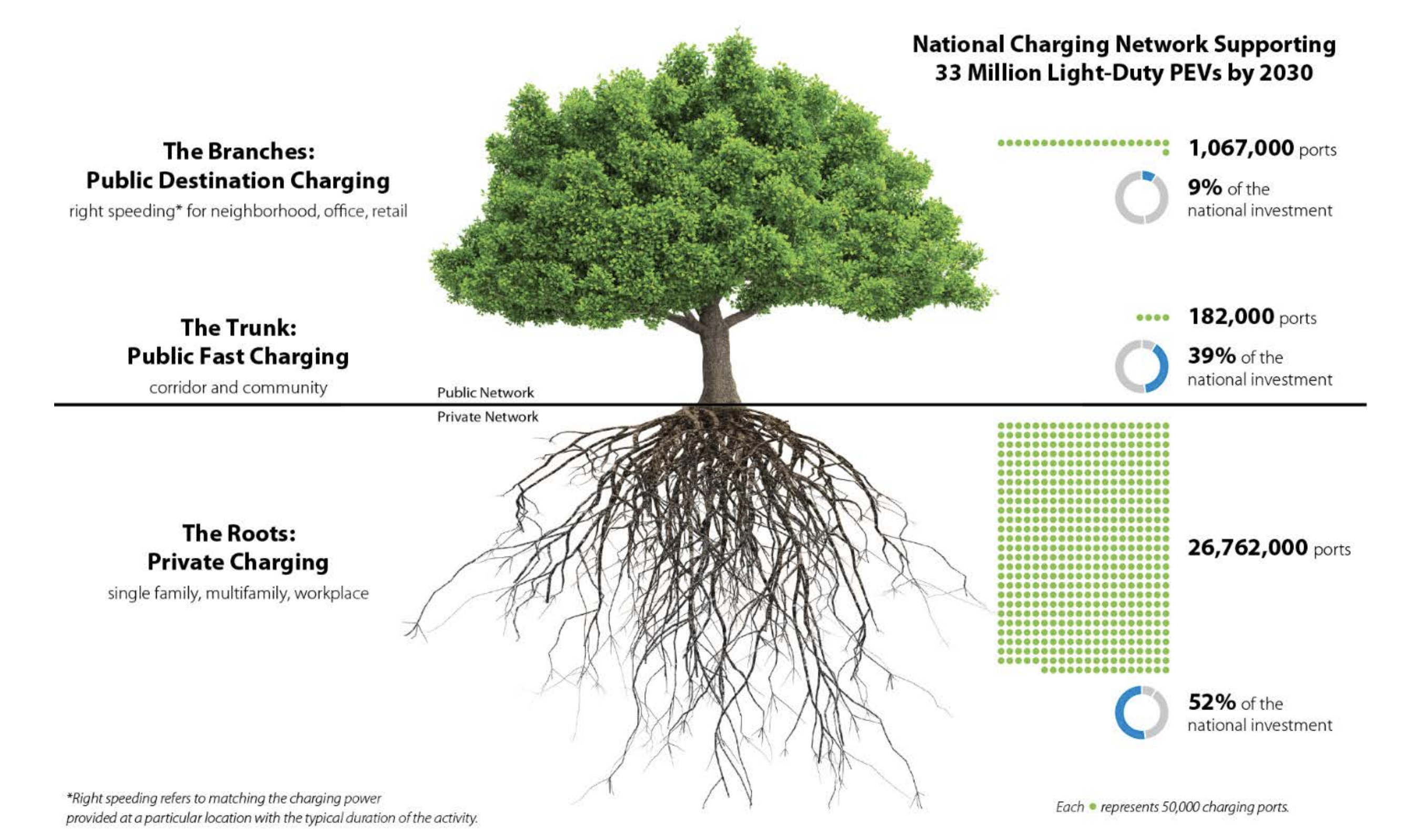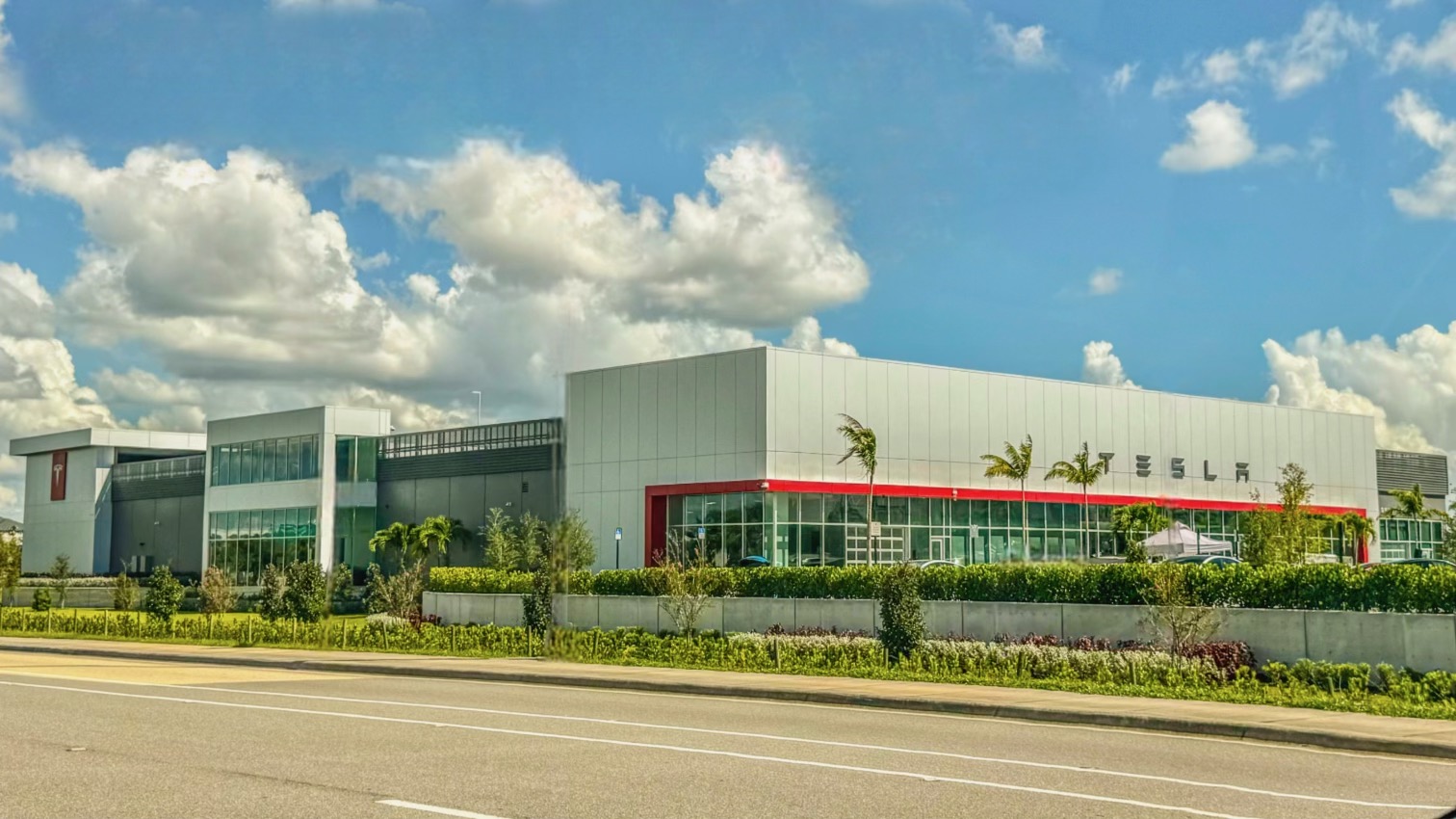
Infrastructure is one of the biggest challenges for EVs right now. The cost of buying an EV is pretty close to what the average sales price is for an ICE vehicle (and cheaper once you consider EV cost savings), and the used market is shaping up to provide electric cars at nearly all income levels. There will be challenges to increasing production to serve more of the overall car market with EVs, but the problems are largely known and just need work to conquer them.
Infrastructure is a problem with more elusive solutions. Tesla seems to have a good recipe figured out, and it’s expanding at record speed, but we don’t know exactly how many stations will be needed for future demand. This is especially up in the air as other automakers have struck deals for their future vehicles to charge on Tesla’s network. And other charging efforts? They’re facing all sorts of challenges in terms of availability, geographic spread, reliability, and future funding.
It’s going to be an epic challenge to come up with the resources to tackle the problem (and actually get it right), but the question of how big of a problem this will be has been unanswered. So, the industry has been operating without a goal, without a North Star to navigate by.
But, a recent report by the National Renewable Energy Laboratory (NREL) sheds some light on this. In this article, I’m going to summarize key findings, share some of the deeper insights in the report, and finally explore one bombshell the report casually drops.
The Report’s Overall Findings
“The 2030 National Charging Network study ties together two of the administration’s priorities: building a national EV charging network and working toward the 2030 goal for the majority of all new car sales to be battery-electric vehicles,” said Gabe Klein, executive director of the Joint Office. “It’s a framework for what is needed nationally, in terms of the types of charging required, their number, and where those chargers should go.”
Let’s start with some of the report’s key findings. The study determined that to support 33 million EVs by 2030, the United States is going to need approximately:
- 182,000 publicly accessible fast charging ports to enable long-distance travel and ride-hailing electrification and to support those who lack access to residential charging.
- 1 million Level 2 charging ports at publicly accessible locations—including high-density neighborhoods, office buildings, and retail outlets.
- 26 million Level 1 and Level 2 charging ports at privately accessible locations—including single-family homes, multifamily properties, and workplaces.
NREL also shared a useful graphic that compares this challenge to a tree:
“The great news is that now we have detailed estimates of what infrastructure will be needed,” Wood continued. “American drivers’ interest in electric vehicles is accelerating year over year, and we’re already seeing the market respond with new investments to meet that rising demand. Key players in this space—from automakers, charging providers, local governments, and utility companies to retailers, real estate developers, and private firms—can all see this as motivation to keep going, with insights from the 2030 National Charging Network report to help them target the needed infrastructure.”
Deeper Insights
When I went to look for the study’s deeper information (beyond the press release), I first accidentally downloaded a bunch of Excel spreadsheets. I could see that they had put a lot of thought in about how different EV adoption rates, charging scenarios (how much charging happens at home?), and what the needs of each state would be in these situations. But, endless spreadsheets are a lot of work to dig into and find important things people in the industry need to know.
Fortunately, I had just clicked on the wrong link, and was able to find a more coherent presentation in the form of a PDF (which you can find here).
One big thing the report acknowledges right away is the importance of home charging. It’s often said that 90% of EV charging happens at home, but this presents an interesting conundrum. People don’t want to buy 90% of a car, so the purchasing decision depends on that final 10% of charging. This is what makes fast charging such big news while home and business L2 charging is really the most important thing to get right.
Fast charging also isn’t just for traveling long distances. There are many people who aren’t going to be able to access reliable home charging, so most of the Level 3 charging (65% of it) is going to need to be used for people to charge away from home on a reasonable timeframe. The remainder of the L3 fast charging needs will be needed for professional drivers (21%), followed by long-distance driving (only 14% of L3 needs). So, what we typically think about (interstate charging) is only a small part of the effort, but an extremely important one.
Sadly, they don’t think we’re quite there yet in terms of announced charging spending, but that we’re on the right track at least. The estimated spending to get charging right is somewhere between $31 and $55 billion. Only an estimated $23.7 billion has been announced by governments, private charging providers, automakers, etc (as of March 2023). Since that time, seven automakers have announced plans for an additional 30,000 rapid chargers, which is an investment of at least $6 billion (assuming $200,000 per station), so the gap in funding seems to be rapidly closing!
But, getting the overall spending correct doesn’t mean we’ll get it right. The report makes it clear that spending and strategy will differ from place to place and will depend on how the EV transition unfolds. Some places will adopt EVs faster than others, and how many EVs each state and region, as well as each city and rural county, ends up needing to support will differ based on many factors.
In the end, three things will be needed:
- The right amount of charging (number of plugs)
- Charging installed in the right places
- Charging with the right amount of power (aka “right-speeding”, a reference to rightsizing)
One Big Doozie: Will Long-Distance DCFC Networks Ever Be Profitable?
Page 47 of the report drops a bombshell that gets buried in all of the data: that it’s going to be difficult to make money operating national DC fast charging networks. Why? Because having enough stations to support long-distance drives for 50% EV adoption will still leave many rural stations underutilized even during peak charging times.
Part of this challenge will be minimizing spending on these low-utilization routes, but the problem of all the dead weight that swall0ws up massive spending. It will probably be enough spending to make it hard for the rest of the network (high-utilization freeway routes, urban charging) to get enough revenue together to carry.
But, that’s a challenge for another day. Just knowing how many stations will be needed and how much it will cost is a good start!
Featured image by the National Renewable Energy Laboratory (NREL).
I don’t like paywalls. You don’t like paywalls. Who likes paywalls? Here at CleanTechnica, we implemented a limited paywall for a while, but it always felt wrong — and it was always tough to decide what we should put behind there. In theory, your most exclusive and best content goes behind a paywall. But then fewer people read it! We just don’t like paywalls, and so we’ve decided to ditch ours. Unfortunately, the media business is still a tough, cut-throat business with tiny margins. It’s a never-ending Olympic challenge to stay above water or even perhaps — gasp — grow. So …





